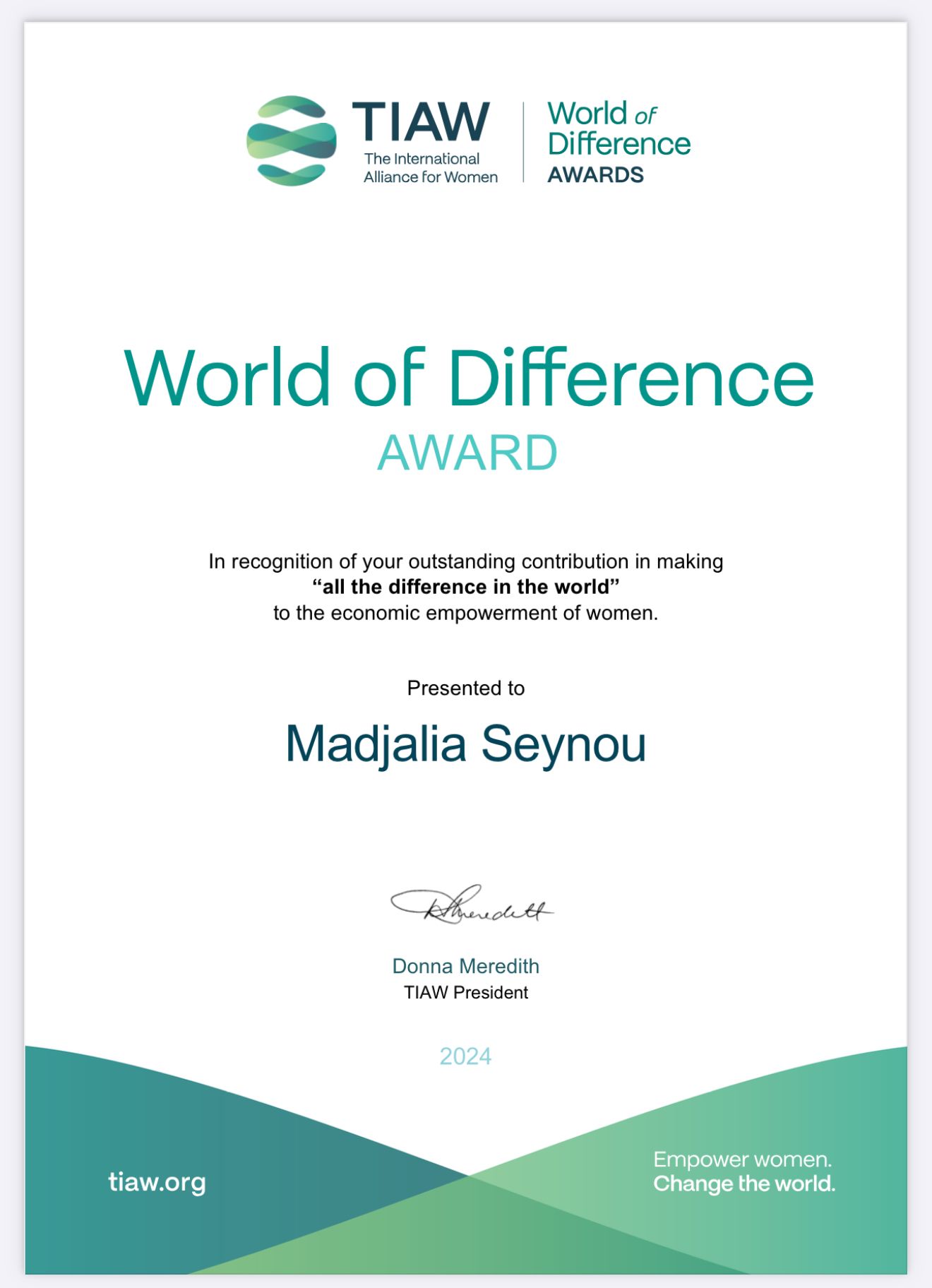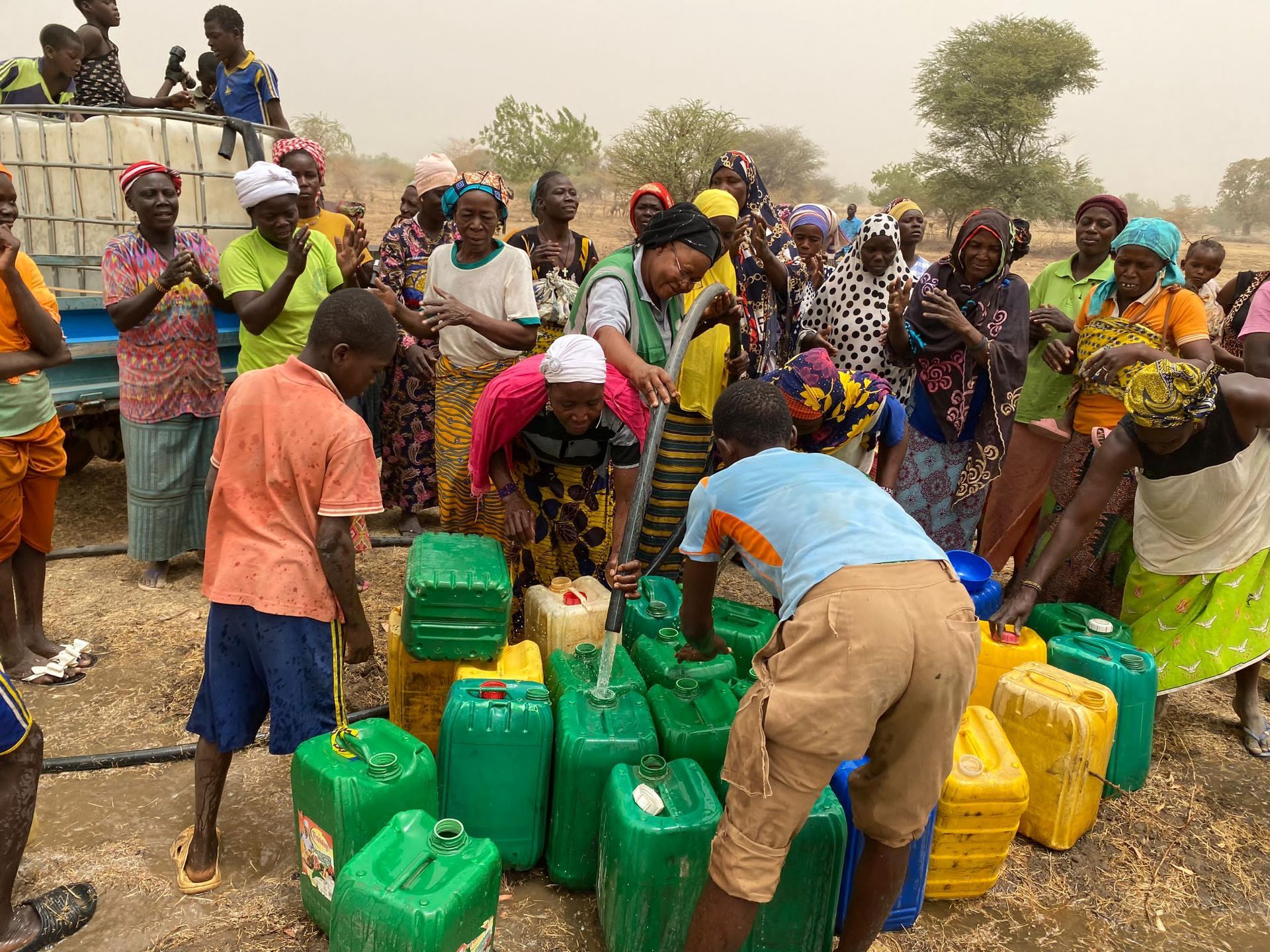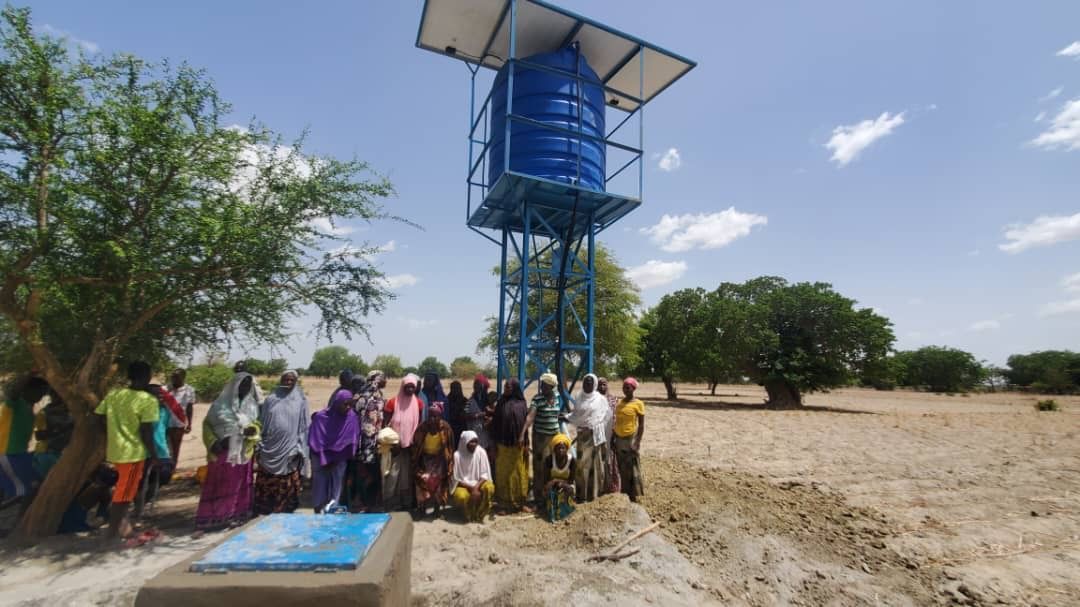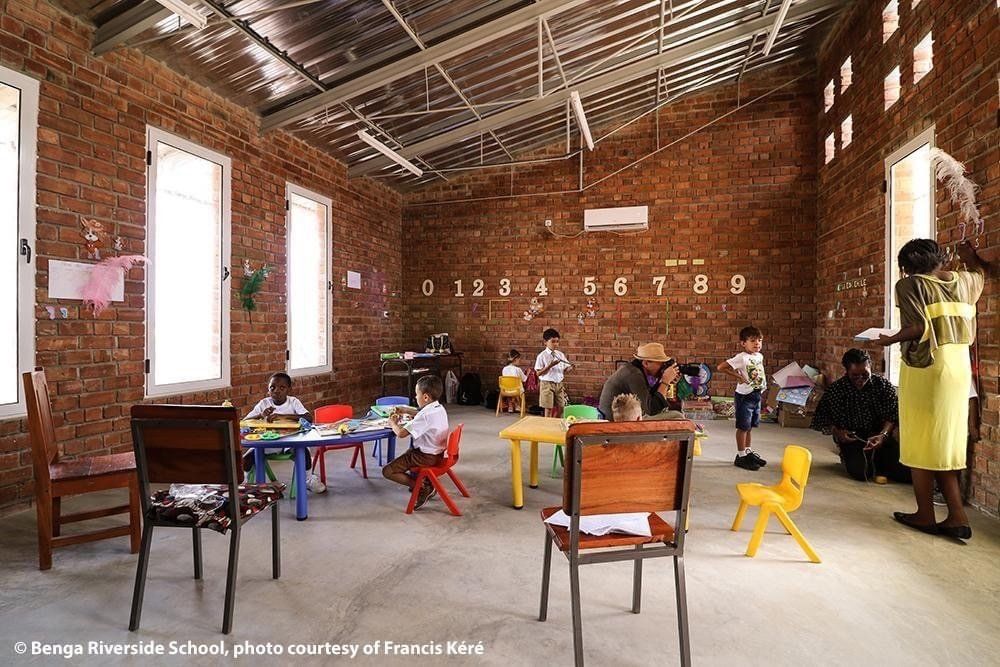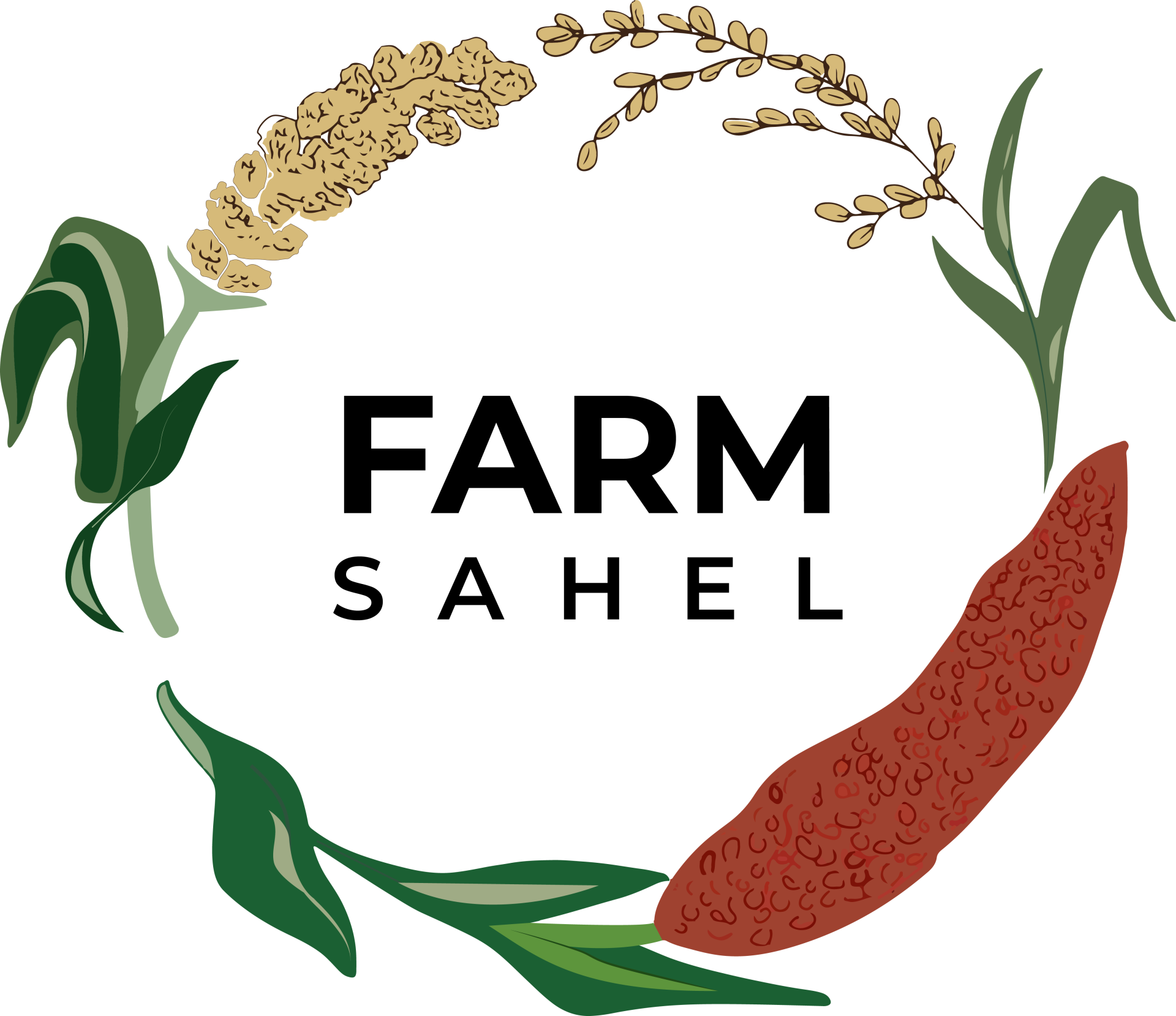Country Case Studies: Burkina Faso
FarmSahel’s current projects are centered around Burkina Faso, a landlocked country in Sub-Saharan Africa with a population of about 19 million people. The agricultural sector is essential to the population, as well as the economy, contributing to 35% of the GDP, and employing 82% of the working population. However, Burkina Faso, “suffers from low-productivity due to several unfavorable factors: climatic hazards, declining soil fertility, weak infrastructure- especially roads- lack of organization of sectors, low investment and insufficient training of human resources”. As the nation’s population continues to boom, alongside the rest of Sub-Saharan Africa, it is necessary to ensure food and nutrition security in the coming years. Fortunately, recent technological advancements may be able to improve the agricultural industry.
Burkina Faso’s agriculture
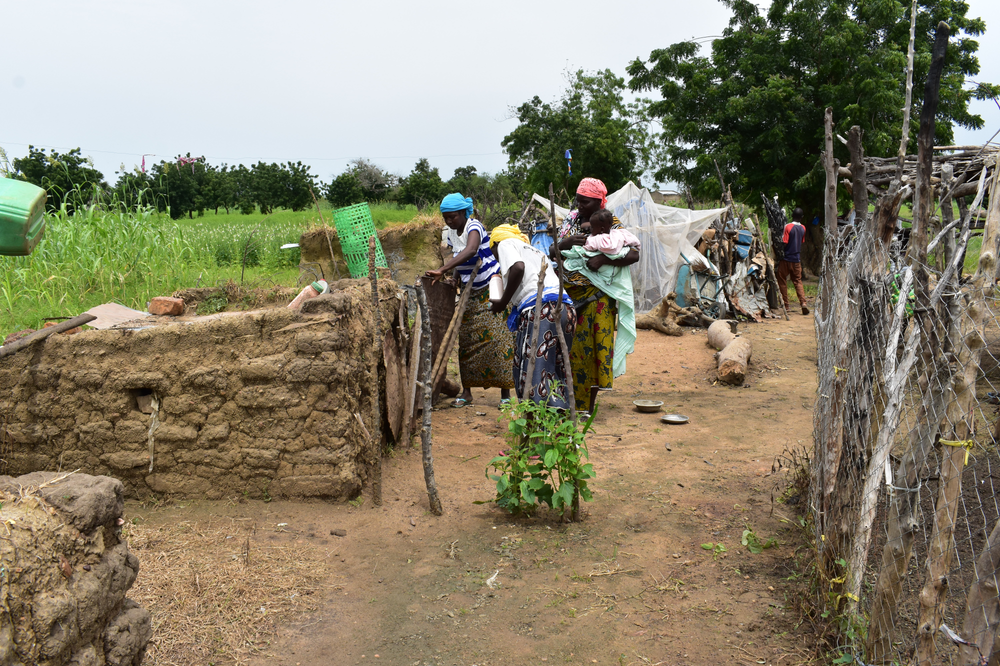
Burkina Faso’s agricultural production is dominated by cereal crops. They constitute the majority of farming and diet of the population. The production and sales of cereal have dramatically increased over the past 50 years. However, the yield of the six major cereal crops are always less than 50% of the global yield. This is an issue because most of the productivity of cereal production in Africa has the potential to be much higher. “The global crop yield variability is largely determined by fertilizer application, irrigation and climate. Nutrient limitations are the major yield limiting factor of maize productivity in West Africa”. This means that there is a lack of sufficient nutrients in the soil, such as nitrogen, phosphorus and potassium. There are innovations in agricultural technology, however, that could be helpful. For example, applying increased nitrogen rates to crops has been proven to improve growth and yield.
Agricultural Technology
As Burkina Faso must establish a way to ensure food and nutrition security, there are advancements being made in agricultural technology that can assist in the growth and yield of crop production. This is so important to Burkina Faso as a majority of its population relies on the agricultural sector, yet there are too many blockages that lead to low productivity. Fortunately, the application of increased nitrogen rates has been tried, tested and proven to be beneficial to crop yield and production. Burkina Faso should be able to take advantage of this technological innovation to boost crop production and, more importantly, help provide food security for its people.
It is also important to note that although cereal crops are crucial to the agricultural sector in Burkina Faso, the industry should not be entirely reliant on one crop. FarmSahel aims to introduce organic soybean production to women farmers in Burkina Faso, which would be one more step toward sustainable agricultural development in the nation.
Works Cited
Eyshi Rezaei, Ehsan and Gaiser, Thomas, Yield Effects of Selected Agronomic Innovation Packages in Maize Cropping Systems of Six Countries in Sub-Saharan Africa (May 18, 2018). ZEF-Discussion Papers on Development Policy No. 257, 2018
Fall, Fofona and Traore, Modelling the Economy-Wide Impact of Technological Innovation and Mapping Agricultural Potential: The case of Burkina Faso. ZEF- Center for Development Research, University of Bonn, December 2019
